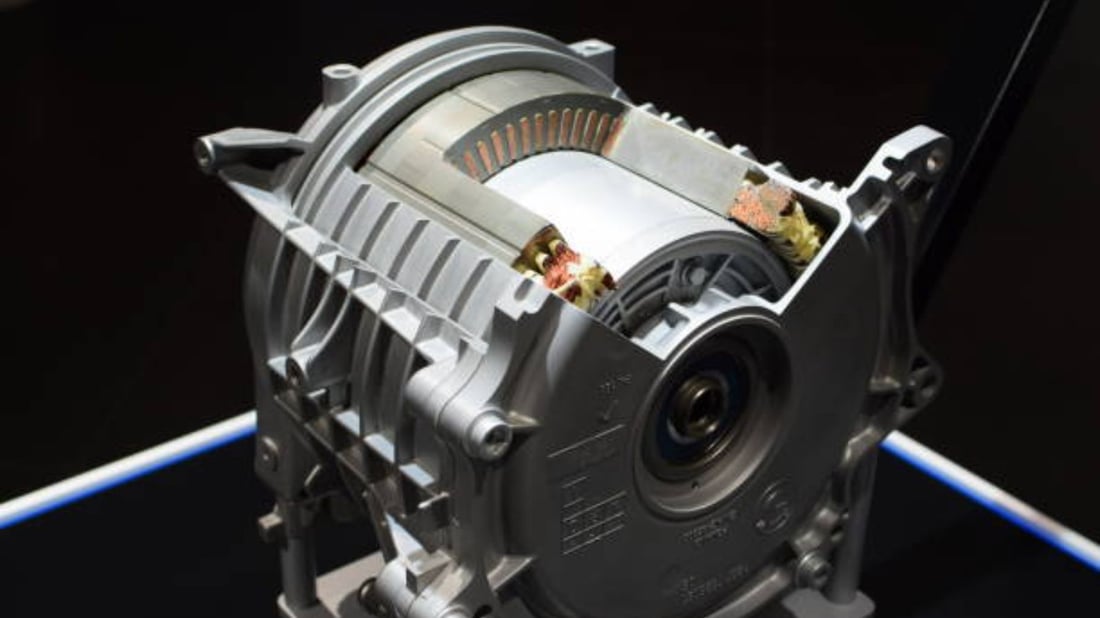gear pump and piston pump: Differences and Applications
Choosing the right type of pump for your application can be challenging. Two common types of positive displacement pumps are gear pumps and piston pumps. Both pumps serve different purposes.
Gear Pump Overview
Gear pumps use two meshing gears to displace a fluid. Due to their simplicity, they are commonly used in low-pressure applications. They have no valves and produce a continuous flow. Gear pumps are smaller and have a lower cost than most other types of pumps.
Piston Pump Overview
A piston pump is a type of reciprocating pump that uses one or more pistons to displace a fluid. The pump is powered by a motor or other external source. Piston pumps have high-pressure capabilities and are typically used in high-pressure applications.
Performance and Efficiency
Gear pumps have less efficiency compared to piston pumps. They also have lower pressure capabilities. However, they work well for low viscosity fluids, and they can handle abrasive fluids with minimal wear.
Piston pumps have higher efficiency, making them ideal for high-pressure applications. They work well with both low and high viscosity fluids and can handle abrasive fluids. However, they require more maintenance than gear pumps.
Applications of Gear Pump
Gear pumps are used in a wide variety of applications. They are ideal for transferring low-viscosity fluids like oil, fuel, and water. They are also well-suited for handling non-abrasive fluids like chemicals, cosmetics, and food products. Gear pumps are also used in hydraulic power systems, transmission oil pumps, and lubrication systems.
Applications of Piston Pump
Piston pumps are commonly used in high-pressure applications, such as hydraulic systems and pressure washers. Piston pumps are also used in automotive power steering systems. In manufacturing applications, piston pumps are used for injection molding, die casting, and forging.
Noise Level
Gear pumps produce less noise than piston pumps. Since they have no reciprocating parts, they operate more quietly than piston pumps.
Price
Gear pumps are less expensive than piston pumps. Due to their simplicity and smaller size, they cost less than most positive displacement pumps. Piston pumps require more components and are generally more expensive.
Maintenance
Gear pumps require minimal maintenance. However, they do need to be inspected regularly to ensure no damage has occurred to the gears. Piston pumps, on the other hand, require regular maintenance. They have more components that need to be monitored for wear and tear, such as the pistons and seals.
Conclusion
In conclusion, gear pumps and piston pumps both have their benefits and disadvantages. It’s important to understand your application and specific needs to determine which pump type is suitable for the job. Factors such as pressure, flow rate, and fluid viscosity should all be considered.

